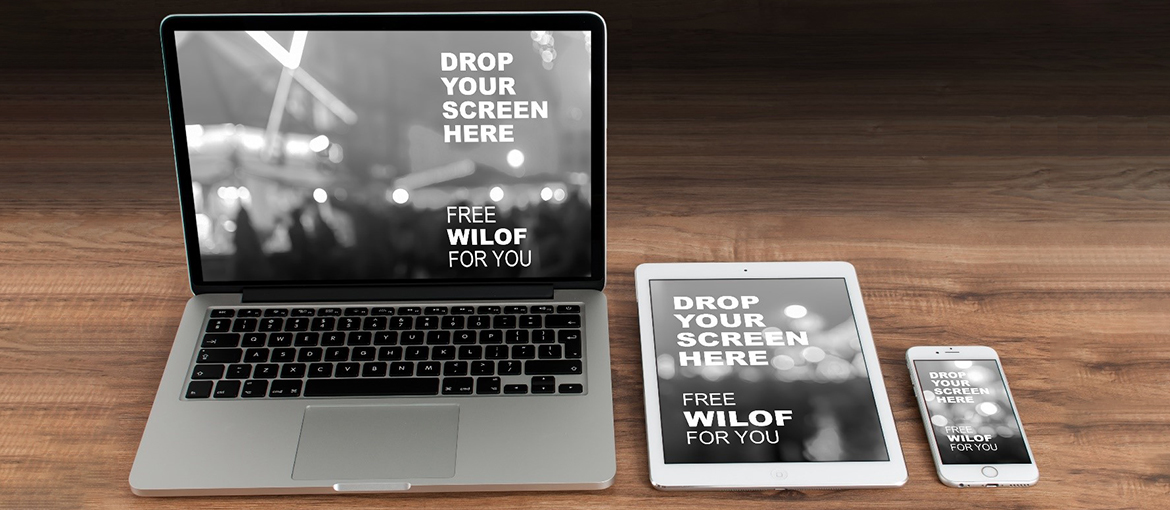Table of Contents
Today, when we talk about a font, we’re normally referring to just one thing: our chosen typeface on our computer. Less than a hundred years ago, however, the word was associated with something rather different: a hard metal block with a raised letter, number or symbol on it.
So what happened in the meantime? In short, the computer was invented and, as has happened throughout the history of typography, various innovations and new technologies changed the way we design and use fonts, our printing habits, and the way we produce and use graphic design – something we already touched upon in our article on the five machines that have changed the world of printing.
Today we’d like to tell you the interesting story of digital fonts: the replacement of metal type pieces with phototypesetting, the invention of web fonts, the designer of the first digital font and the spread of computers with graphical user interfaces in the 1980s.
Moving towards digital fonts: Univers and phototypesetting
Every new machine brings with it certain changes in the world of typography, and this was certainly true with the advent of phototypesetting in the 1950s: the machines used for laying out pages, such as the Lumitype, required clearer fonts than those that had been used previously. Univers – created between 1954 and 1957 by renowned Swiss designer Adrian Frutiger – was one of the first fonts created specifically for phototypesetting, and it enjoyed commercial success.

Digiset: the first digital typesetting machine
Although phototypesetting had left metal blocks behind, it still required a physical piece of equipment: essentially, light was passed through a disc containing a negative image of the character before being imprinted on the film.

It was only the arrival of the Digiset – a typesetting machine invented in 1966 by German engineer Rudolf Hell – that finally removed the need for any physical material when creating characters. The Digiset was the first fully digital typesetting system: put simply, the characters were reproduced using a cathode ray tube (a bit like in a television) that distributed the light to certain points, which today we would call pixels.
Fonts had progressed from blocks of metal to bitmap files!

Digi Grotesk, the first digital font, arrives in 1968
The inventor of the Digiset, Rudolf Hell, also created the first digital font: Digi Grotesk was born in 1968. This sans-serif font was available in seven different weights and, like all the early typefaces, was made in bitmap format, meaning the exact positions of the pixels used to produce the font were stored in the file.
The new digital fonts could be modified much more easily, and the new typesetting technologies certainly made them quick to use, but they had one disadvantage: they required a different set of characters to be created for each font size.

The arrival of vector fonts in the 1970s solved this issue. Vector font files do not store the individual pixels in their memory: instead they contain the instructions on how to design them, in special mathematical equations known as Bézier curves. As a result, vector fronts can be scaled to any size much more quickly and using less memory.
Personal computers, TrueType fonts, PostScript and OpenType fonts
In the mid-1980s, Apple began selling the Macintosh, a computer with a mouse and graphical interface, paving the way for computers to enter homes and offices across the world.
This was a monumental change, which gave individual users options that had previously been unimaginable. For example, you could write a page of text using the first desktop publishing software, PageMaker, and print it using a laser printer, all from the comfort of your own home.
This was made possible by a range of new technologies, including a couple linked to digital typography: the PostScript language and TrueType fonts (.ttf). PostScript allowed computers to turn vector fonts into information to send to the first laser printers on the market, while TrueType fonts, developed at the end of the 1980s, combined all the information required to display a font on the screen and print it in a single file.
Another leap forward for digital fonts occurred in the mid-1990s, when, in 1996, Adobe and Microsoft announced the arrival of OpenType fonts (.otf), the first digital fonts that could be used on both a Mac and PC.
A new revolution: typography and the web
The mid-1990s saw the rise of another revolutionary technology, the internet, which naturally also had consequences in the world of typography. In 1996, CSS, the language used to define web page formatting, included font style rules for the first time. In the same period, both Netscape and Internet Explorer began supporting web fonts: formats designed specifically for use on the web, with encryption to protect the font file and smaller file sizes.

As digital services have developed over the past twenty years, online typography has become increasingly important: the same content can be viewed in totally different ways depending on the tools you use. Consider, for example, the different experience you get on a smartphone compared to a computer screen.
To meet the needs of all the devices we use, four of the most influential tech companies – Google, Apple, Microsoft and Adobe – developed variable fonts, a new font format that can hold all of a font family’s various styles and thousands of variations in a single file, with faster loading times for the web and various options to allow for increasingly personalised graphic design experiences.
That takes us more or less up to the present day. I wonder what the next evolution in typography will be?

